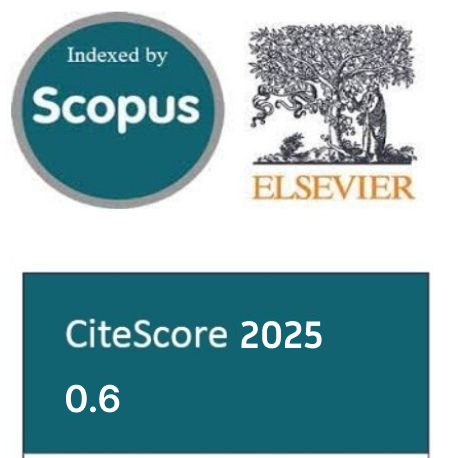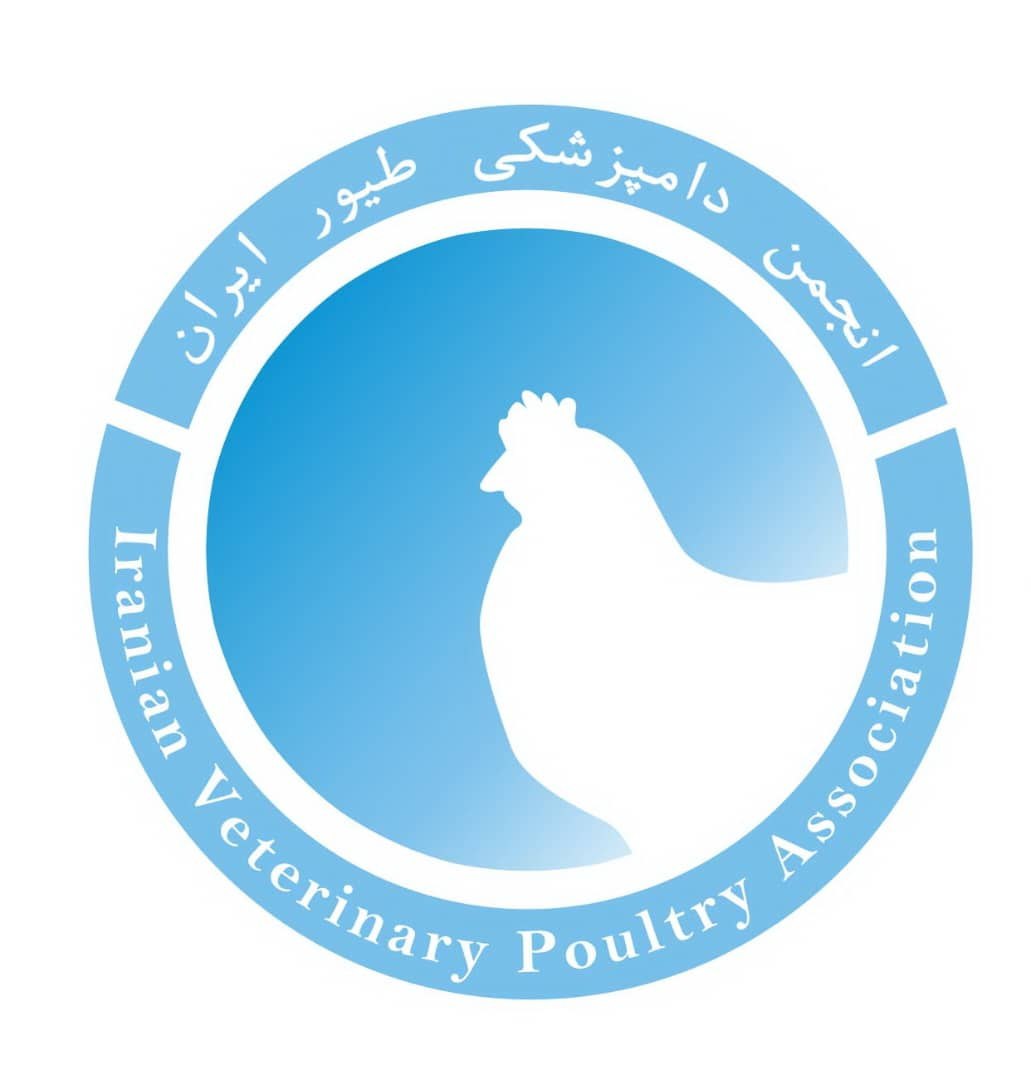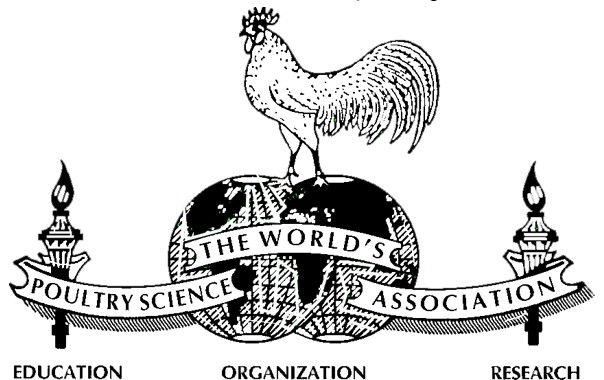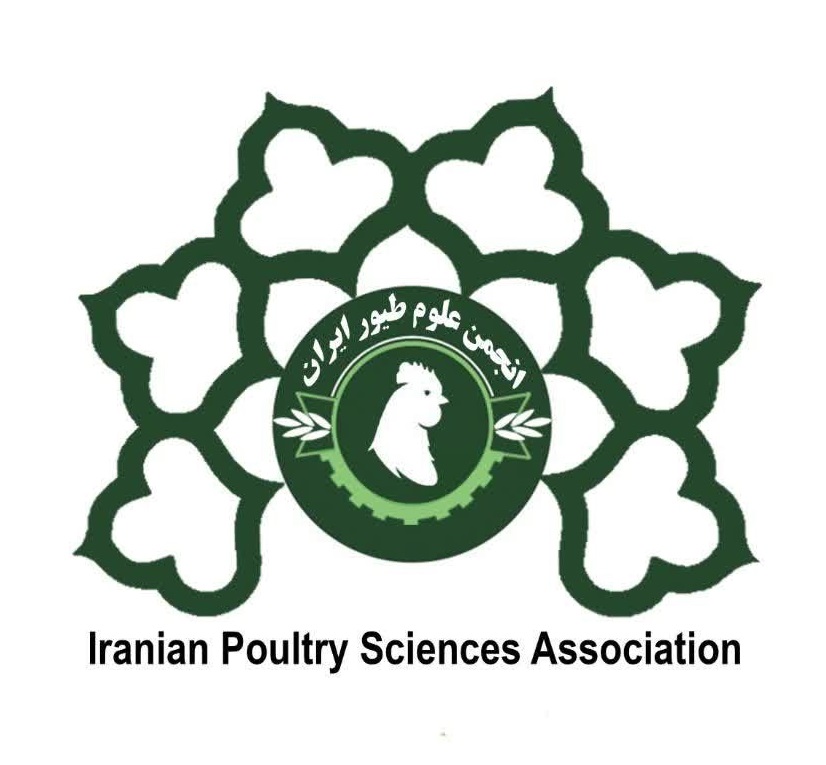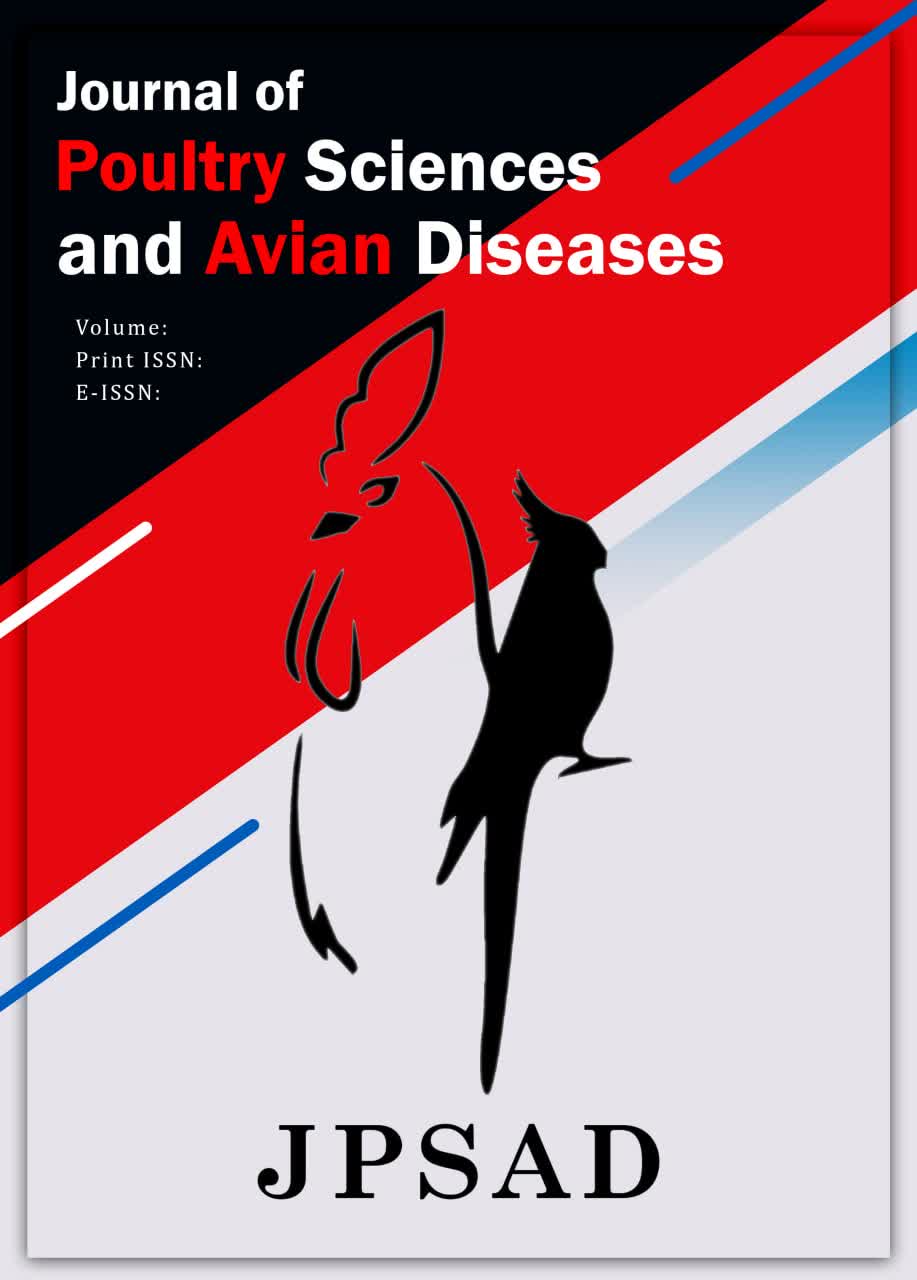Lameness caused by Staphylococcus aureus in poultry: A review
Abstract
Staphylococcus aureus is a gram-positive, facultative anaerobe coccus, which is a member of the commensal microbiota of skin and mucous membranes in humans and animals and sometimes can cause infection or disease. This bacterium produces variable toxins and enzymes including at least five types of exotoxins that leads to cell membrane damage. Staphylococcus aureus can cause a wide range of clinical and pathologic lesions including acute or subacute septicemia, embryo mortalities, omphalitis and yolk sac infection, arthritis and synovitis, osteomyelitis, vesicular dermatitis, gangrenous dermatitis, pododermatitis and other disorders in different avian species. Staphylococcus aureus infections are among the most important diseases of poultry industry, particularly, in broiler breeder flocks. Staphylococcal infections can cause large economic losses due to lameness, arthritis, poor weight gain, decreased egg production, and loss of flock uniformity. This paper reviews the characteristics of Staphylococcus aureus and its role in lameness and arthritis in poultry.
Downloads
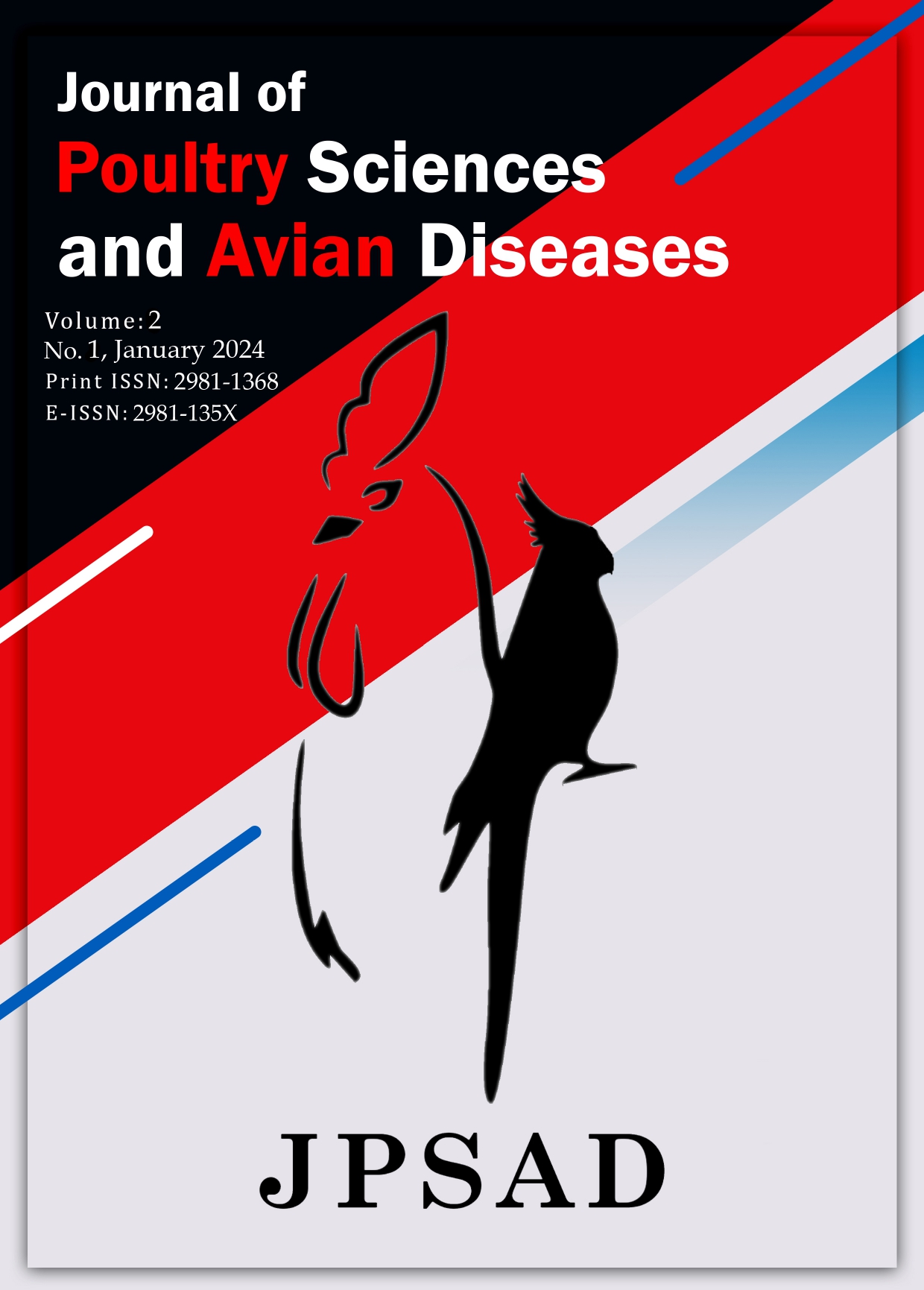
Downloads
Published
Issue
Section
License
Copyright (c) 2024 Seyed Mostafa Peighambari (Author)

This work is licensed under a Creative Commons Attribution-NonCommercial 4.0 International License.


